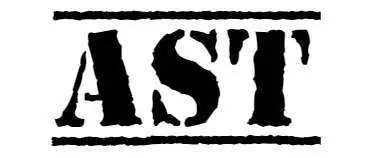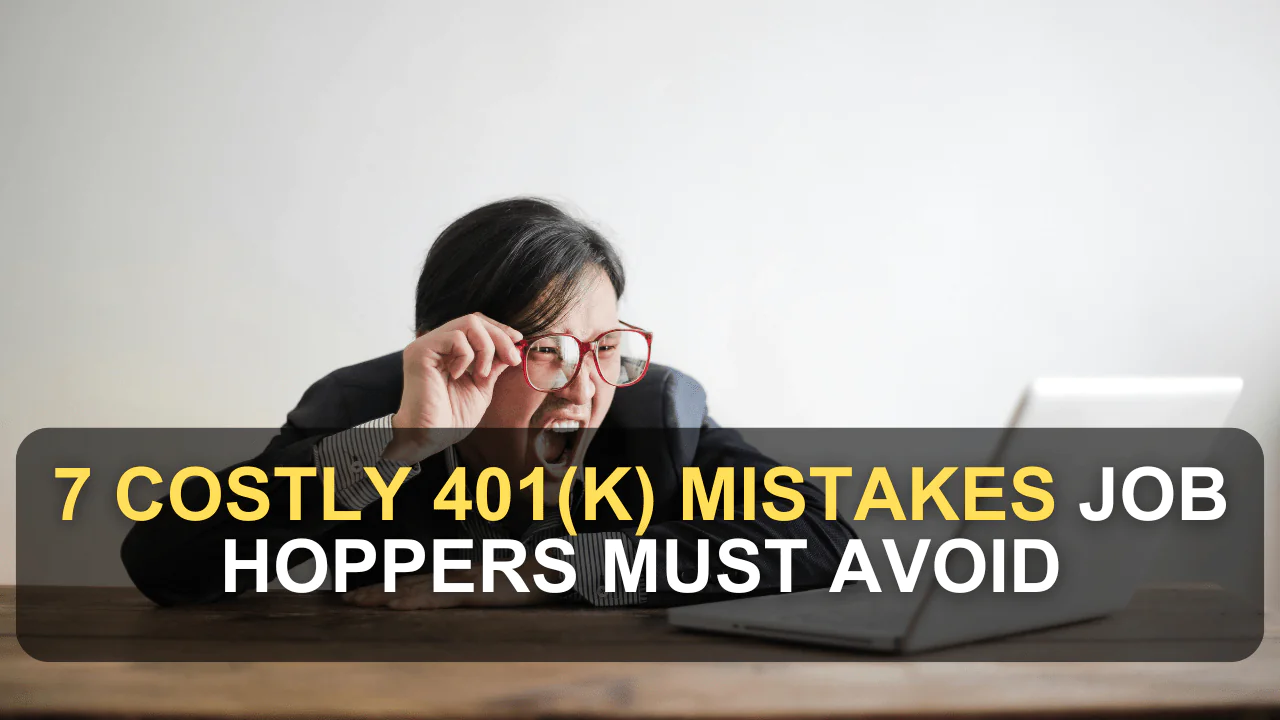Job hopping is always fun, but the important thing that one should not lose sight of is the retirement benefits. If neglected, your 401(k) may incur many unnecessary taxes and penalties that will cause diminution of your nest egg. Below is information about some typical flaws that occur to ineligible employees and how to evade the 401(k) blunders that job hoppers make passage.
Table of Contents
1. Some people leave a company before they are fully vested – they have not remained loyal, at least in terms of stock options.
Some people get confused when I say that when you contribute to 401k, your contribution is yours to keep. Nevertheless, some of the matching contributions from the employer or profit sharing may not be yours until you are vested. Vesting normally comes with some conditions, most often where the employee must continue serving the employer for some time. According to the survey conducted by the Plan Sponsor Council of America in 2024, only 45% of the 401(k) plans provide immediate vesting on the matching contribution; the rest have the vesting timetable. Resigning from a job, especially before amassing enough years to get a good pensionable amount can lead to the loss of a lot of that accumulated amount towards one’s retirement.
Pro Tip: Be very careful when changing your employer – make sure that the shares you hold still vest at the frequency you are fine with. In the case that you have almost achieved the maximum vesting possible in terms of personal savings, you might want to stay more to get even more.
2. Failure to save during the waiting period
Most organizations have a practice of letting the new employees make their contributions towards their 401(k) plans at the start. However, some have what is commonly referred to as the waiting period and this may take anywhere between a few months to say a year. However, do not let this period prevent you from saving. For this reason, it is advisable to establish an IRA or a Roth IRA to continue growing your retirement kitty during this period.
Smart Move: Open an IRA or Roth IRA during some of your waiting time so that you do not have to stop saving for a long time. This way, you do not stagnate and you are always contributing to your retirement if the 401(k) is not an option at the moment.
3. Contribution rate cutbacks when employer match is low
Employer matching is a major enticement, but the degree of matching varies depending on the company in question. Few of them reduce savings sometimes if the employer match is less than what they have been enjoying all along. This is a mistake. To ensure that you get a good return on your money when you are out of the workforce, you should target saving about 10 – 15 percent of your salary, even if your employers are making contributions on your behalf.
4. Not Contributing To Retirement When Employee’s Company Does Not Have 401(k) Plan
Not all companies subscribe to the provision of 401(k) options for employees. Data from the Bureau of Labor Statistics shows that in 2023 the coverage of defined contribution plans such as 401(k) in the private industries was at 67 percent. It presents the necessary pattern of saving and if your new employer does not have a 401(k) plan, one should open an individual retirement account.
Essential Tip: Start an IRA if your employer does not provide a 401(k) option to you. This makes sure that you are consistently saving into retirement savings schemes even in cases where your employer is not offering any retirement packages.
5. It is possible to cash in your old 401(k) and while doing so typically involves complicated procedures and lavish costs, it’s not impossible.
It is highly regrettable to cash out your 401(k) when you leave a particular job or company. Not only will you leave yourself open to not generating much future growth, but you will have a big tax problem. For instance, if you withdraw $3,000 in a 401(k), a person under the age of 55 ends up being just charged $1,980 after taxes and penalties.
Avoid This: Instead of cashing out your old 401(k) plan, whether it is an IRA or you rolled over to a new employer’s 401(k) plan. This protects your retirement cash and continues to build it.
6. Not Shopping for the Best Tax-Deferred Account
If you resign from a company, then you have several choices for preserving tax-favored treatment of your 401(k). It can be left in your previous employer’s plan, rolled over to an IRA, or transferred to your new employer’s 401(k). The different provisionary options available have their varied charges and investment options.
Pro Advice: Make sure that the fees and investment choices of current as well as previous 401(k) plans are examined. It means that in the case of high fees the given by the company savings should be transferred to other IRAs with lower costs and a wider choice of investment.
7. Making Rollover Mistakes
In the case where you wish to transfer your 401(k) cash, do it cautiously to avert an early penalty on taxes. Get a direct rollover from the previous employer’s retirement plan to the new retirement plan provider. As such, this method also negates the factor of income tax withholding and the 60-day restriction on the amount of money to be reinvested.
Critical Reminder: Understanding when to roll over, one should leave any company stock in the former employer’s 401(k) plan since it is tax-privileged.
Final Thought: One should always seek the services of a financial planner when making save for retirement income. This helps one to ensure that the correct measures have been taken to avoid unfavorable financial situations, particularly during the change of jobs.




